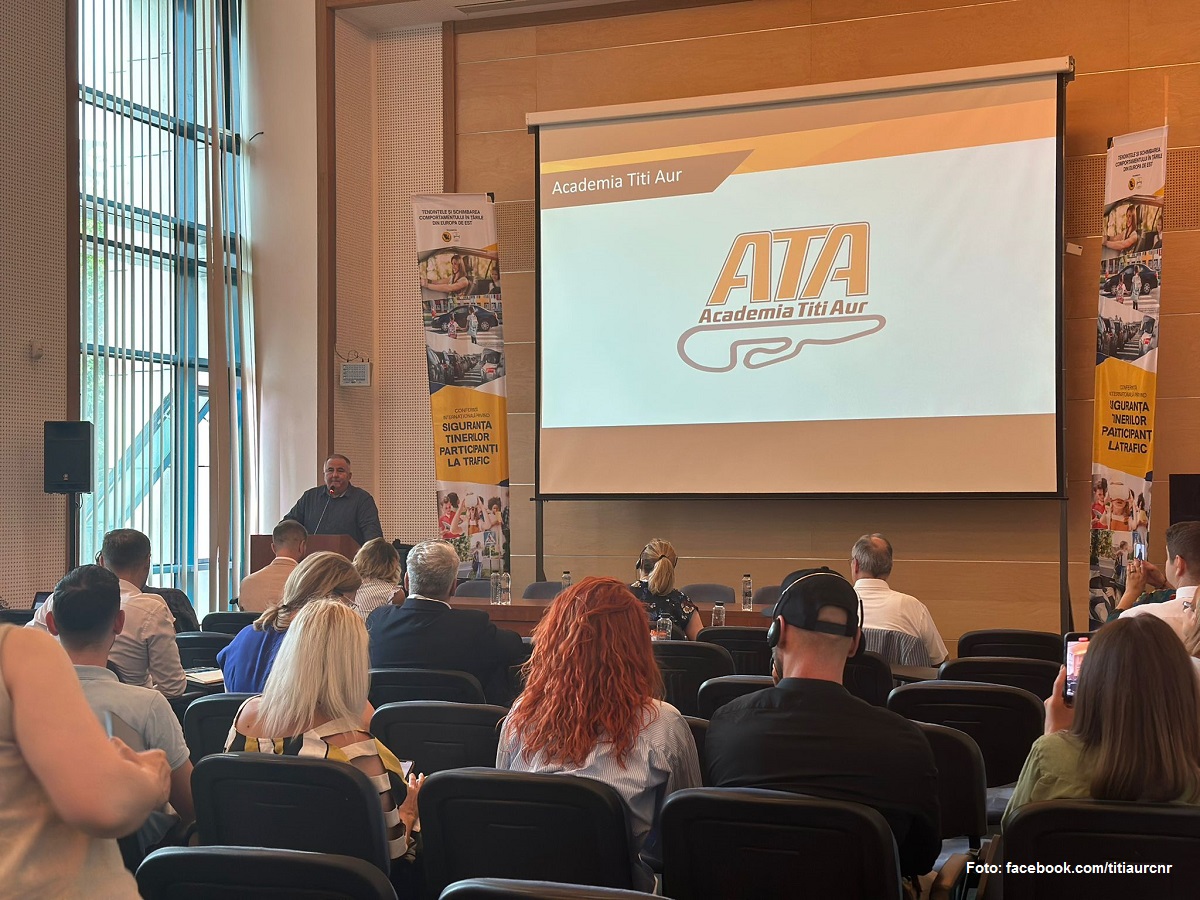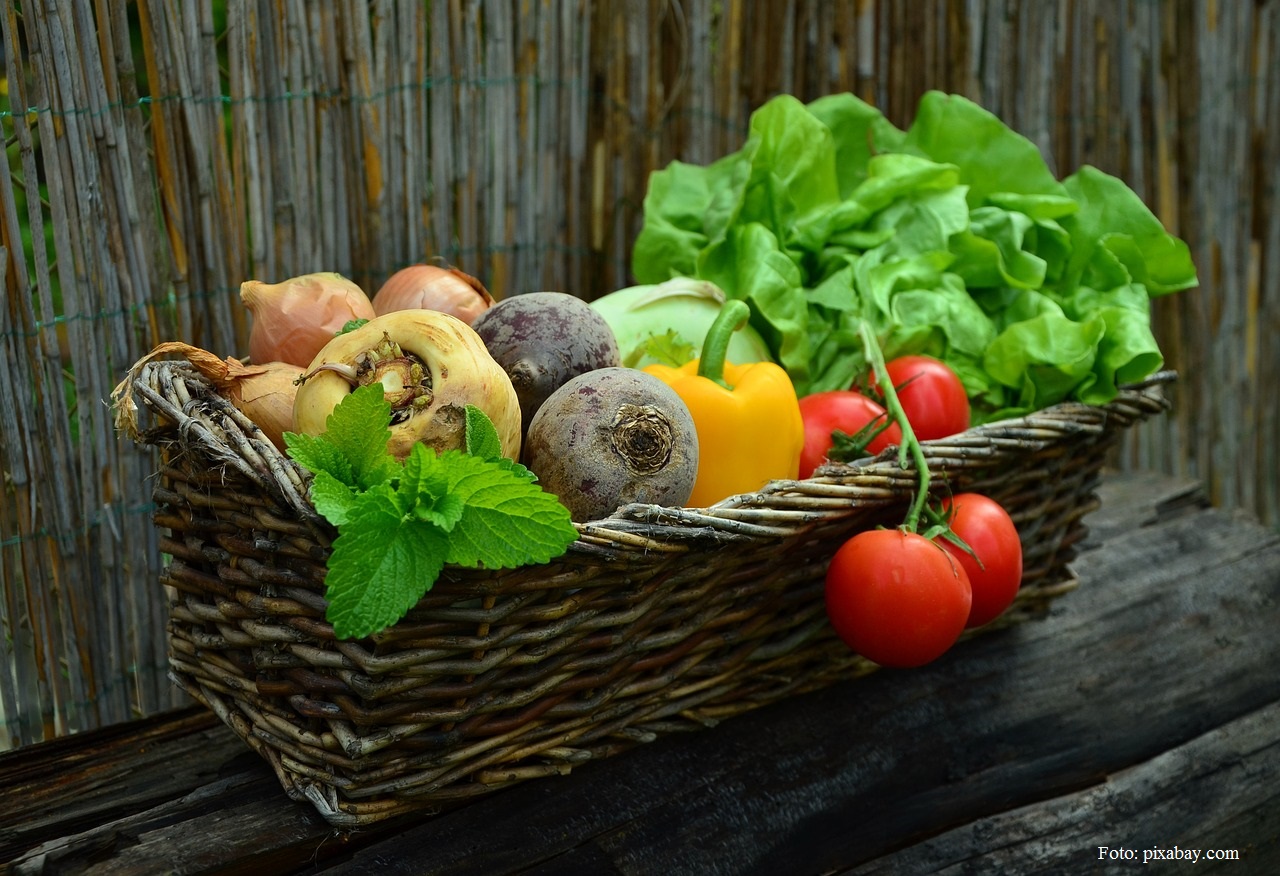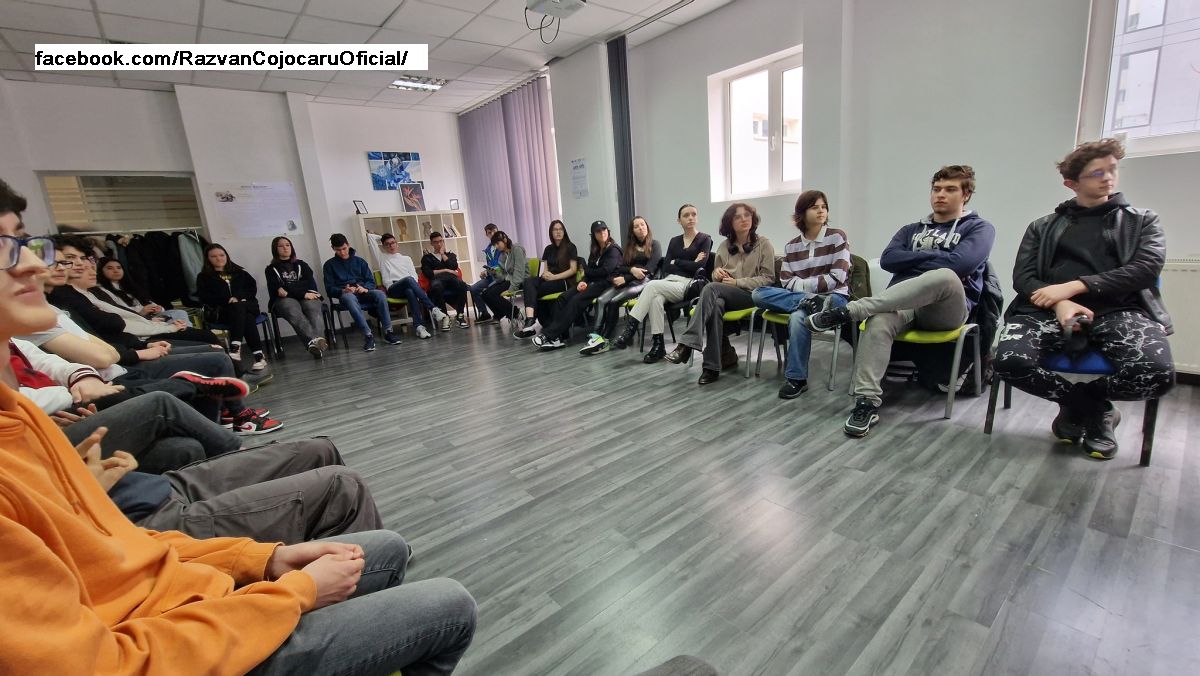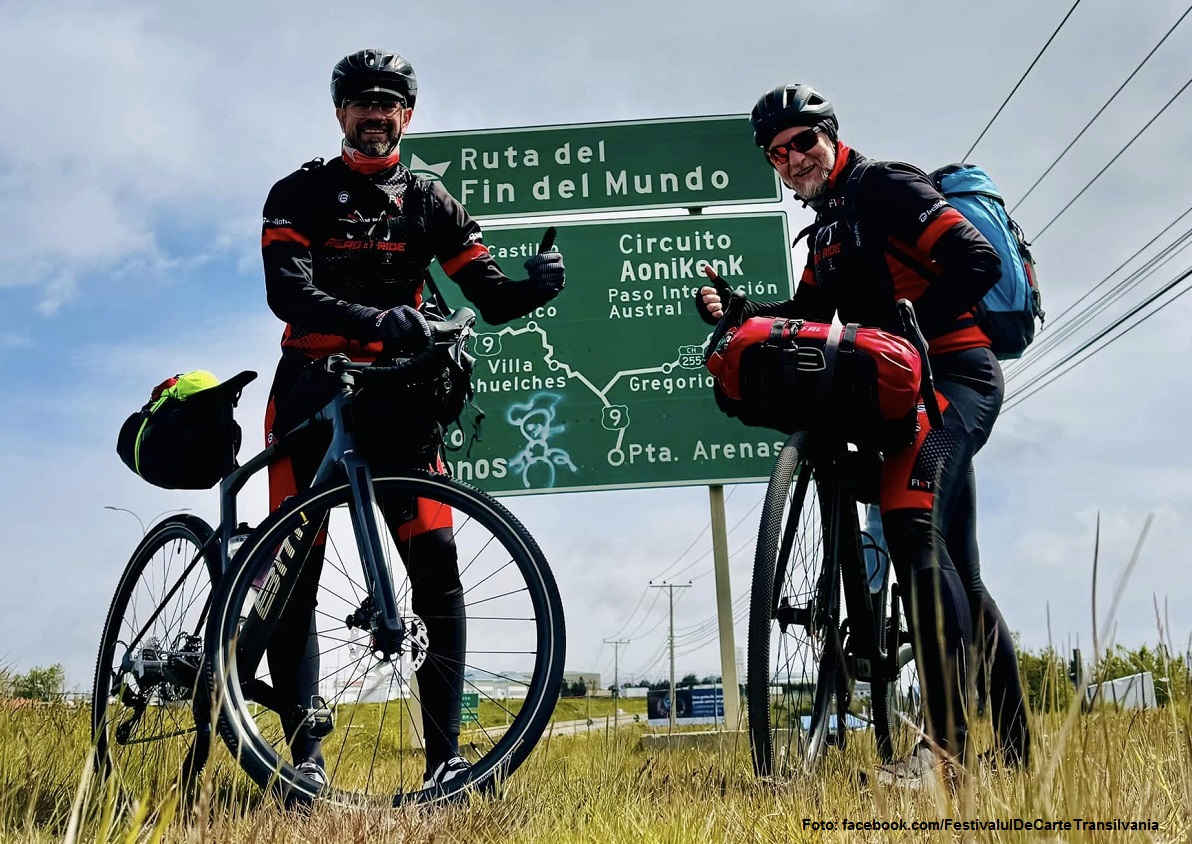History as a show
Mogosoaia, close to Bucharest, has recently hosted a special medieval festival
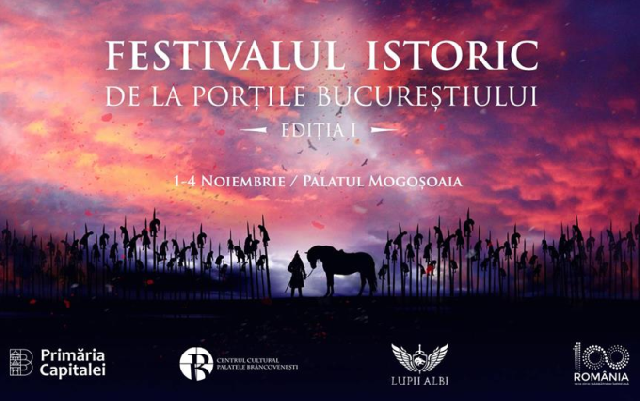
Ana-Maria Cononovici, 13.11.2018, 13:44
‘We want the
children of today to also play Michael the Brave and Vlad the Impaler, not only
Superman and Batman’. This is the creed of the organizers of the Historical
Festival at the Gates of Bucharest that took place in the first weekend of
November.
The festival
welcomed its visitors with practical workshops, medieval riding, archery and
sword fighting workshops, with traditional dishes and crafts such as
blacksmiths’ crafts, pottery and peasant sandal making. The venue for the
festival was the Mogosoaia Palace, located almost 15 km away from Bucharest.
The building of the palace was started by ruler Constantin Brancoveanu in 1698,
and it was finalized later, on September 20th, 1702.
We took an
imaginary leap back in history, to discover the medieval way of life recreated
at the Palace. Wearing a fur coat and a nobleman’s hat, one of the presenters
of the event, Razvan Popescu, explained us the coordinates in space and time.
Razvan Popescu: To locate the event in time, we are in the Middle Ages at the
Mogosoaia Palace, but anyone can let their imagination run free. The festival features
a never-seen-before event, an execution, an impalement, in which the impaled
man did not die. This all happens here in Mogosoaia.
Visitors could
watch the Change of the Guard at the Palace several times. The guards of the
Neamtu Citadel left behind, temporarily, the Land of the Aurochs to participate
in the Historical Festival at the Gates of Bucharest. The young guards
coordinated by father Filip were the special guests of the festival. They
revealed aspects of the old life and customs through their clothing, weaponry,
fighting techniques and traditions. Children took archery lessons and also
learned how to make medieval heraldry pieces.
Next Razvan
Popescu will tell us what happened on the last evening of the festival:
Razvan Popescu: Famous artists from Belarus played medieval music. On the last evening
of the festival people could see many spectacular things, circus moments and
historical reenactments. Then followed the bagpipe players from Transylvania
and the Metropolitan Circus from Bucharest with the Marinof Troupe who put on a
spectacular show. And there was one more moment, the White Wolves, with
Dracula, a historical reconstitution.
‘Dracula – the
Come Back’ was the title of a historical reconstitution show organized by the
White Wolves Cultural Association, whose objective is to secure, preserve and
promote history and the national values by reenacting the moments that defined
the Romanians as a people, as a nation.
Within the association, professional actors and
stuntmen got together to once again bring to the public’s attention history as
performance. With details on that, here is one of the initiators of the
project, Bogdan Jianu, actor and stuntman.
Bogdan Jianu: The White Wolves means history through
performance. It kind of came out naturally. God took us by the hand and set us
on this path: to reenact moments of history. And that compels us to provide
historical documentation for each scenario. Meanwhile history teachers joined
us, as well as experts with the Military Museum, these people are giving us a
hand and checking the accuracy of the scenarios we reenact. Of course we are
trying to wear the right attire for these scenarios, which we dramatize and
season with stories of various kinds, so that they can make up a whole, a
performance in its own right. And we do that so that people can easily get a history
lesson. It is also engaging, it is also a little bit of adrenaline rush, as all
the stunts happen a few meters away from them, they see explosions, they see
people in flames, they see falling horses. It is so very spectacular!
The White Wolves Cultural Association has been doing
reenactment shows since 2013, evoking personalities in Romanian history that
should not be forgotten and stimulating children to get involved in interactive
learning. And that, because we found out that wherever they stage their
performances, The White Wolves have always found children and local volunteers eager
to take part in their performances.
Craftsmen were also present at the Mogosoaia Palace.
The premises saw blacksmiths, coppersmiths or gypsy women presenting their
authentic apparel, but also wood carvers or seamstresses of flax embroidered
blouses, or felt tunics.
From the locality of Nucsoara in Arges county, Ion
Rodos came to the palace with some wooden sculptures and told us about what
they represent.
Ion Rodos.:
Traditionally-carved spoons, inspired
from history, from stories, from fauna, flora, very old traditional motifs
borrowed from museums. As you can see, here I also have the Infinity Column,
the Household Blessing, which used to be placed on roof tops, I have the
Nucsoara Blackcock as well, my own creation, which is the official symbol of
the commune, pendants carved in plum-tree and nut-tree wood, the Dacian Wolf
pendant, Edelweiss, which I make out of a fir tree branch; carve them with my
knife. I have spinning tops just like those I used to play with when I was a
kid. I’ve also made some flutes.
The Palace has also enticed us with traditional food
and drinks hand-made by the townspeople, who were so happy to take part in such
a celebration.

